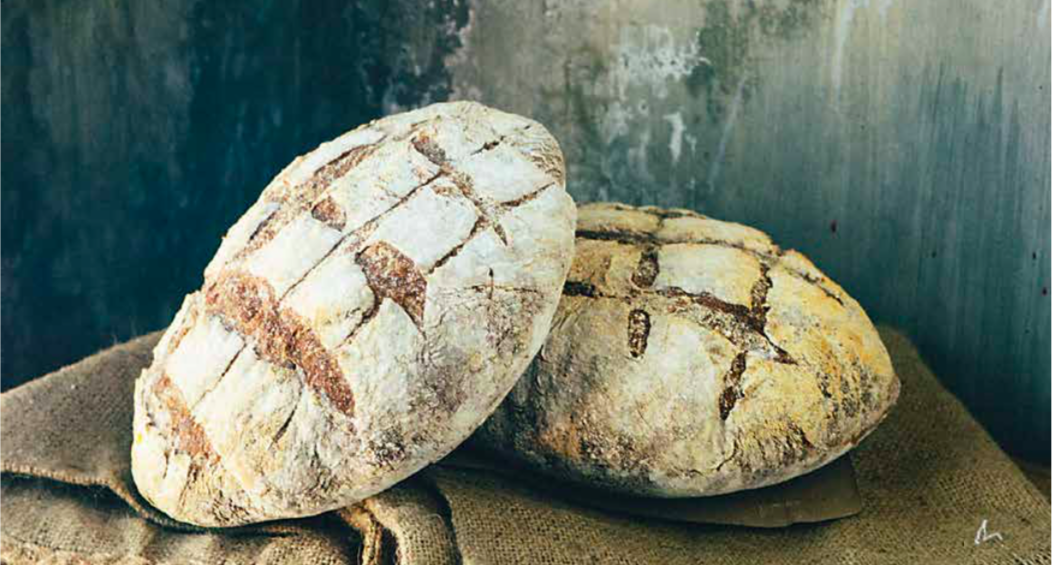My time in Tuscany has taught me the historical reasons why people eat the way they do and why modern dishes do not differ so much from what they once were.
Take the basic Tuscan bread for instance. It is a hard-shelled loaf with a soft body that is achieved through a long rising period. It has a relatively unrefined presence, especially when sat next to other Italian breads like the focaccia of Liguria or the pane Laterza of Puglia, but what makes it stand out is its absence of salt.
Yes, it’s bland, but it’s this lack in depth of flavor that allows it to be a blank canvas to delicious possibilities.
Tuscan bread is made with no salt as a consequence of war. It is believed that during the Middle Ages, when the Pisans were in conflict with the Florentines, they had prohibited the entry of salt at the port of Florence, hoping this would force them to surrender. However, it did them a favor: the creation of the Tuscan bread.
The next time you sit in a restaurant and come across pane toscano, lay it down on a plate, drizzle it with good quality olive oil, and indulge. You will see why salt is really of no use to its two basic ingredients that can stand their ground.
Another story suggests that the pane toscano was introduced to the scene because salt back then was a costly commodity and not all farmers could afford it. Hence, whenever they baked bread, it was simply left out of the recipe. It turned out to work for them, as the saltless bread had a longer shelf life than the regular kind.
Enjoying Tuscan bread takes some getting used to as it is rock-hard, and eating the crust alone can easily scar the roof of the mouth. During winter, Italians would boil and cook it along with all the vegetables that the rich had discarded and thrown away. Thus signature dishes like ribollita, a hearty potage, and the pappa al pomodoro, an herby soup—dishes that fill up the working peasant’s stomach without their having to spend much— were created. Come summer, the same bread would be tossed in a bowl of fresh vegetables then drizzled with vinegar and oil to taste.
The next time you sit in a restaurant and come across this bread, lay it down on a plate, drizzle it with good quality olive oil, and indulge. You will see why salt is really of no use to its two basic ingredients that can stand their ground.
Originally published in F&B Report Vol. 12 Special Issue





